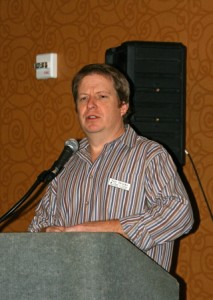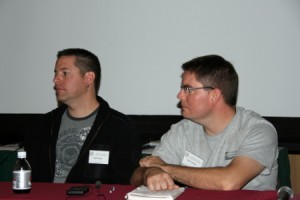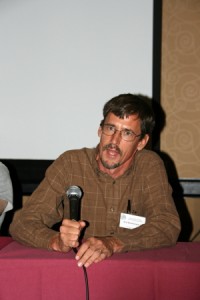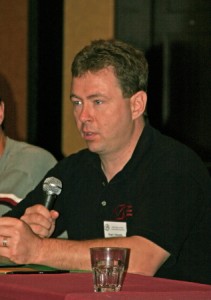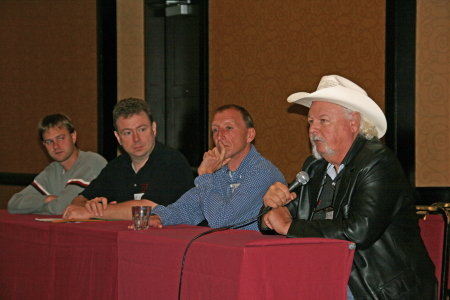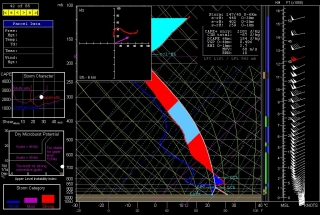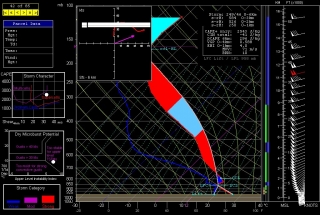Today marks the 45th anniversary of the Palm Sunday Tornadoes, the second worst tornado outbreak in Midwest history. Between the time that the first funnel dropped in eastern Iowa shortly before 2:00 EST and the time when the last one dematerialized in the night sky over Ohio eleven hours later, tornadoes took 272 lives in six Great Lakes states.
This April 11 also happens to be a Sunday, but while it is a moody day, it holds no threat of violent weather. I’m sure we’ll see our share of that this spring, but not today. At the moment, I’m sipping on my morning cup of coffee; then I’ll shower up and head down to the historical museum in Bristol, and then to the tornado memorial park in Dunlap, Indiana, where my friend, Debbie Watters, has organized her commemorative event. If you’re interested in attending, click here for details and a map.
It is strange how something that happened over four decades ago, and in which I was not directly involved, has remained with me all these years. But the ripples of that long-ago Palm Sunday evening have extended into many lives. Today’s event will draw not only survivors, many of whom are now well advanced in years, but also their children, their nieces and nephews, their grandchildren. The wind’s roar still echoes through a broad patchwork of lives, young and old.
The Palm Sunday Tornadoes were formative not just in family histories and individual lives; they were also a seminal event in severe weather meteorology and operational forecasting. Out of that disaster came a remarkable paper by Dr. Theodore Fujita, published in the “Monthly Weather Review,” which presented the first truly in-depth analysis of a tornado outbreak. For the first time, you can see a system for tracking tornado families and their members. You’ll find Fujita’s evidence for multiple vortices, a now well-established phenomenon which was unknown at the time.
It was out of the Palm Sunday Tornado Outbreak that Skywarn evolved in the interest of enhancing public safety during severe weather events. The Weather Bureau’s communication infrastructure, which suffered some fatal breakdowns during the outbreak, was scrutinized for improvement. Civil defense sirens, hitherto unused to alert Great Lakes residents of approaching tornadoes, were harnessed as part of the public alert system. And the very language of severe weather warnings was changed. “Tornado forecasts” became “tornado watches” to help the public better distinguish between a watch, issued when conditions are favorable for tornadoes to develop, and a warning, when a tornado has actually been detected, whether by radar or actual visual confirmation.
I’ll have more to report when I return from today’s doings. Right now, I need to finish my coffee and hit the shower and then the road.
